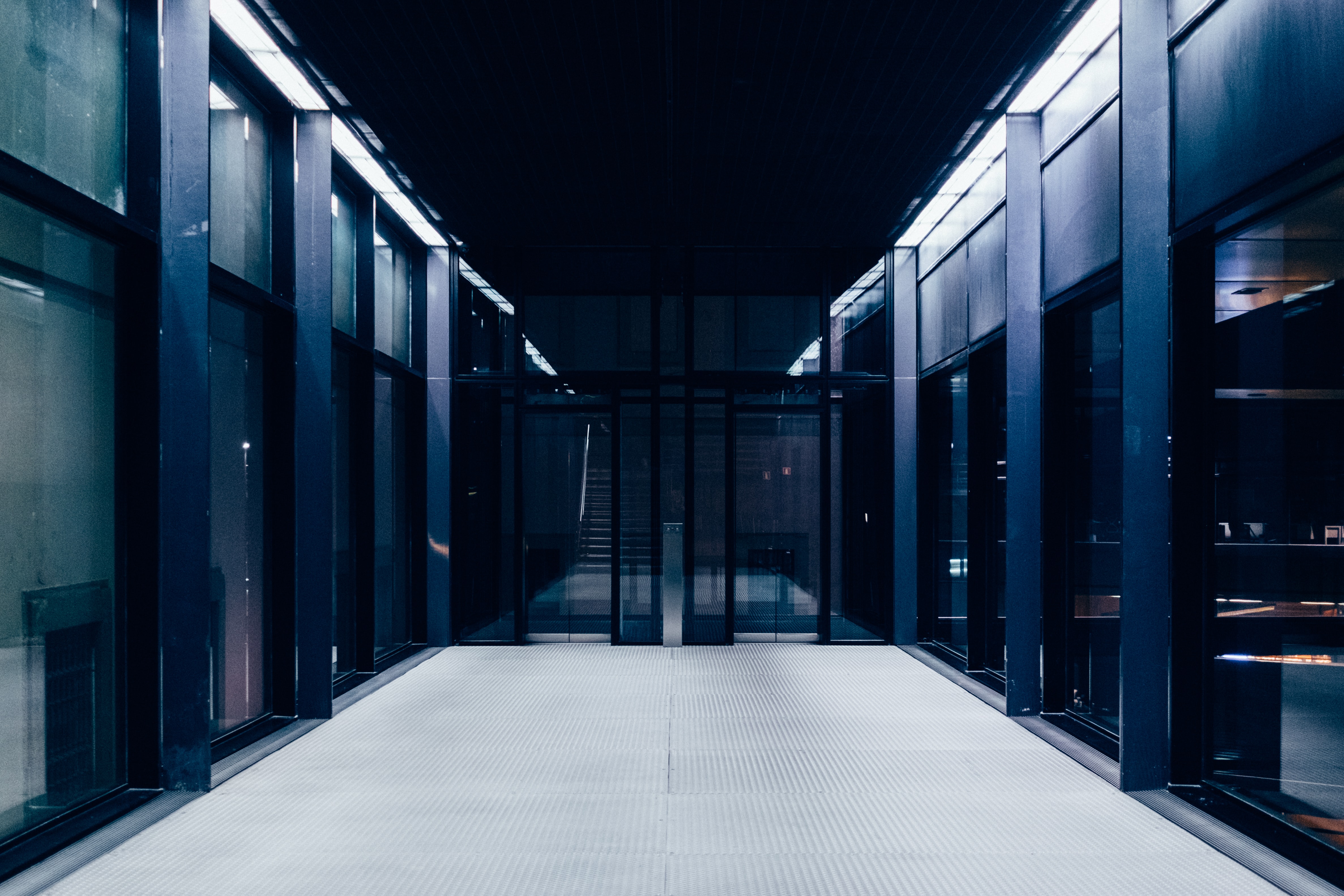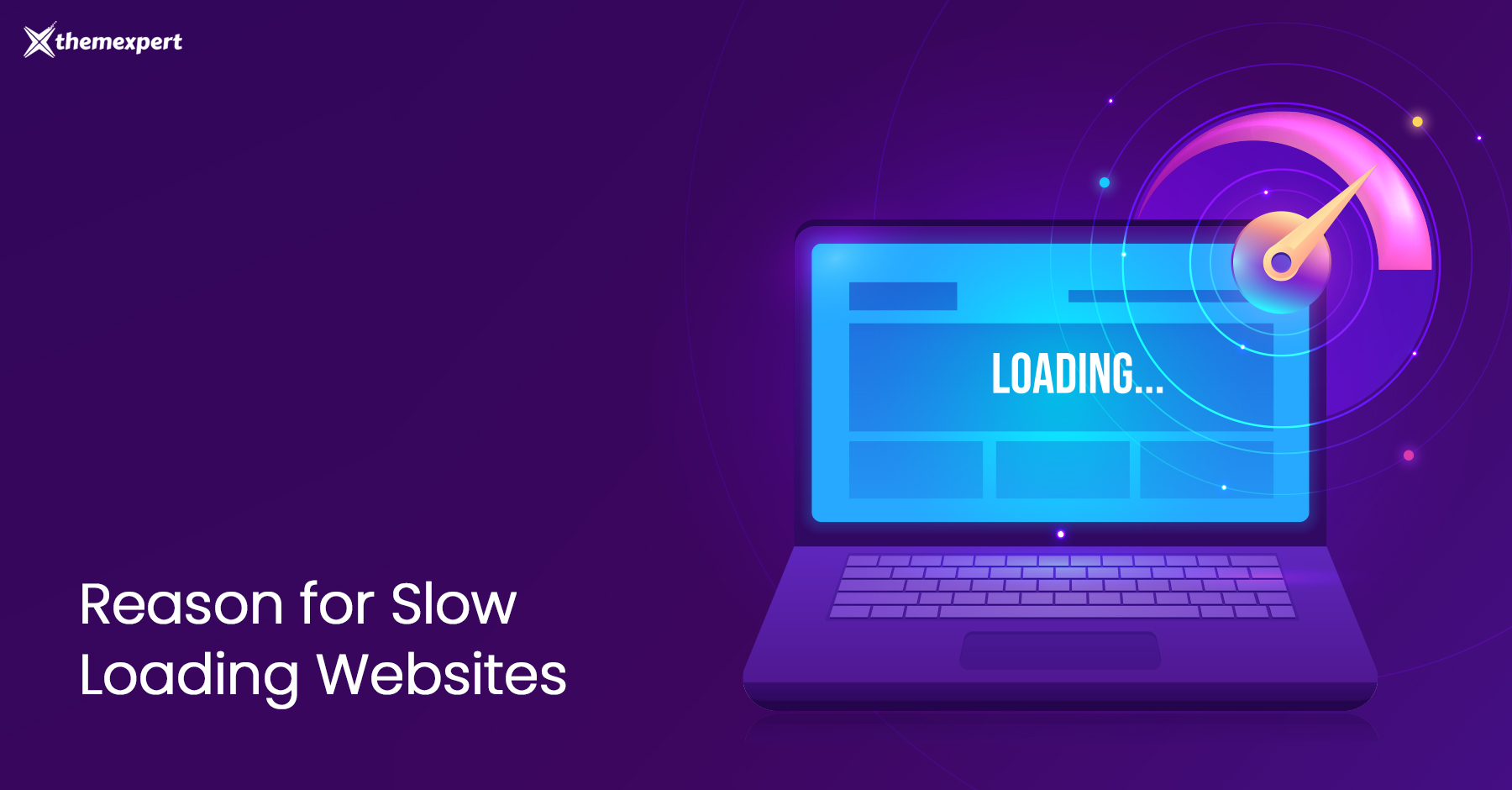So you’re checking your website analytics to see how your visitor numbers are doing. Maybe it’s been a steady growth so far, and everything seems to be going well… but you look at the numbers today and see your traffic is absolutely tanking. What went wrong? How do you fix it and start getting those numbers back?
So you’re checking your website analytics to see how your visitor numbers are doing. Maybe it’s been a steady growth so far, and everything seems to be going well… but you look at the numbers today and see your traffic is absolutely tanking.
What went wrong? How do you fix it and start getting those numbers back?
For one thing, your website might be too slow. And that might be a lot more serious than you think.
The statistics on how quickly visitors will bail on your website are striking — according to Google, over half of mobile users will leave a website if it doesn’t load in three seconds. And even beyond that, most users will depart in fifteen seconds if something doesn’t catch their interest or if your website is too slow.
These days, customers are in a hurry, and they usually have plenty of competition to go to if something’s getting in the way of what they want. To get an idea of how much money is at stake, consider this: Amazon had a 30-minute downtime in 2013 that is estimated to have cost them over $66,000 a second. Annually, even a second’s delay in the speed of their website could cost them into the billions.
Not only that, but there’s search engine optimization to consider, too — Google and other search engines now factor in site load time as part of their ranking algorithm, meaning a slow website can literally drag down your rankings and pull you out of the top spot, or even to the dreaded second page of Google.
In short, keeping your bounce rate down by whatever means necessary is critical to the ongoing success of your website — and that means (among other things) taking measures to keep your website speedy and boost your page speed.
With that in mind, let’s take a look at some of the common reasons that might be slowing down your website — and a few that are not so common. We’ll also tell you what you can do about it.
Read more: 7 Best Landing Page Builder Software Tools of 2022
Web Hosting

One of the most important factors in your website’s speed: where it’s hosted.
The good news is, that there’s no shortage of inexpensive web hosting solutions for small business owners. The bad news is, that all hosting companies are definitely not created equal. If you buy cheap, you may well end up getting cheap. A lot of small business owners are on a tight budget, and that’s understandable — but do yourself a favor and don’t skimp on the web hosting.
Before you decide on a web host, make sure to do some research first. Make sure your host has enough data centers around the world to account for traffic issues and ensure proper latency. Look into the statistics for their average uptime (99.9% is ideal), and if you’re using tools like a CMS, make sure they have all the capabilities you need, like caching for your WordPress or PHP site. Finally, do a little digging to make sure your host has a good customer service record and plenty of channels for contacting them.
Big Images and Videos
There was a time when even a meager .gif, much less a video, could bring a website to its knees. But even though the days of dialup internet are gone, large images can still cause a problem on your website — and file size may not be the only culprit.
Still, file size is probably still the first thing you should look at. Images in a lossless format might look fantastic, but they can also add precious milliseconds to a website’s load time. Unless you’re running a photography website, chances are you don’t really need that level of quality.
Other reasons images could be slowing down your website include:
- Your images have unspecified dimensions. If you don’t properly scale your images, the browser will do it for you, and that means it will likely load the entire unscaled image, using more bandwidth than it needs. Make sure your code specifies image dimensions when posting them.
- If your images aren’t optimized for certain devices (like tablets or mobile phones), they’ll load the largest version of the image, which also wastes bandwidth and can cause slowdowns.
- File formats matter! If you’re using formats like .TIFF or .BMP, you’re using uncompressed formats that contain much more data than necessary. JPG and PNG are far more friendly to your load times. You should also make sure your images are cached, so repeat visitors read images from their own systems instead of downloading them again (more on that below). This is where being picky about your web hosting comes in handy – they should offer robust caching tools.
- Making sure your images include alt tags and descriptors is also important. Search engines consider images that don’t include this information " unoptimized " and can slow down load times.
Excessive Plugins or Widgets
Plugins and widgets can be amazing assets for your website. They can facilitate social media sharing, let you automate processes, open an e-commerce shop on your website, and have countless other uses. But every plugin you add will also take that much more time for your website to load, and sooner or later, your visitors will notice the difference.
Obviously, this means being picky about which plugins you choose to enable on your site to begin with. But there are also some additional steps you can take to minimize the negative impact of plugins.
- Check your site’s front-page load times with all plugins enabled, then disable them one by one to determine which ones are making the biggest impact on performance.
- Some plugins can be optimized, and there are even plugins to optimize other plugins (which is, admittedly, a bit ironic). In some cases, you can get functionality normally handled by plugins without using a plugin.
- Make sure your plugins are up to date to take advantage of any performance improvements and address any security issues.
- You can also measure the impact of various plugins with Google’s PageSpeed Insights or similar tools.
An Outdated Theme
If you’re using a CMS like WordPress, you may have found a theme you liked for your website long ago and stuck with it. But every theme gets outdated sooner or later, and if your website isn’t responsive, it’s probably costing you, and visitors.
In case you don’t know what “responsive” means, a responsive website or theme changes screen resolution based on the size of the screen or browser window — such as a tablet or phone as compared to a desktop computer. A responsive, mobile-friendly theme is essential to keeping your visitors, with more and more mobile traffic accounting for all website visits. Plus, that old theme likely lacks the optimization and modern features of a newer one. Time to upgrade.
Clunky or Poorly Coded Scripts

Time marches on, and what was once cutting-edge code may now be holding your website back. On top of that, not all code is created equal — some code just might not measure up when it comes to performance. There are a number of ways your code can be slowing your site down:
- Render-blocking code happens when your website comes to a script that it has to execute before the rest of the page can continue loading. This slows down load time and can noticeably impact your site.
- External scripts must be loaded from a remote source before they can be executed. It takes additional time for the resource to download and might even lead to the browser trying to load the page several times, which will be murder on your bounce rate.
- CSS (cascading style sheets) are the primary tool for presenting and beautifying your website. They control things like font size, colors, headers, footers, and more. But if they’re hundreds of lines long, and there are a lot of extraneous spaces, line breaks, and other unnecessary info, that could add quite a bit to your load time.
- The same is true for PHP scripts, which can have more than one of the problems listed above.
One of the best ways to address this problem is to go with out-of-the-box solutions where possible. There are ready-to-go scripts for PHP and CSS that you can install without having to hire someone to write code from scratch.
Popups and Overlays
In theory, the idea of a popup that encourages visitors to subscribe to your newsletter or check out your ebook at the end of a blog post is a good one. Popups and overlays can be a great way to deliver calls to action and let visitors know about features they might not find on their own (especially if they’re only going to be there for fifteen seconds!) But popups and overlays are very easy to overdo, and beyond potentially annoying visitors into clicking away, they can also slow things to a crawl. As with plugins and widgets, consider your needs carefully.
No Browser Caching
Caching is one of the most powerful tools you have at your disposal to keep your website fast. In short, a cache lets the browser save certain resources — such as images, scripts, stylesheets, and so on — into local storage, so when a visitor returns to your site, they don’t have to download those assets all over again.
Caching doesn’t necessarily happen automatically — chances are your website will need some configuration. Most CMS systems will come with a caching plugin, and your web host might offer caching services as part of a hosting package. (This is another reason to be careful when choosing your web host.)
Wrapping Up
Keeping your website from slowing down is a matter of maintenance — if you do a little now, you reduce the chances of having to do a major overhaul later.
Let us know your thoughts in the comment section below.

